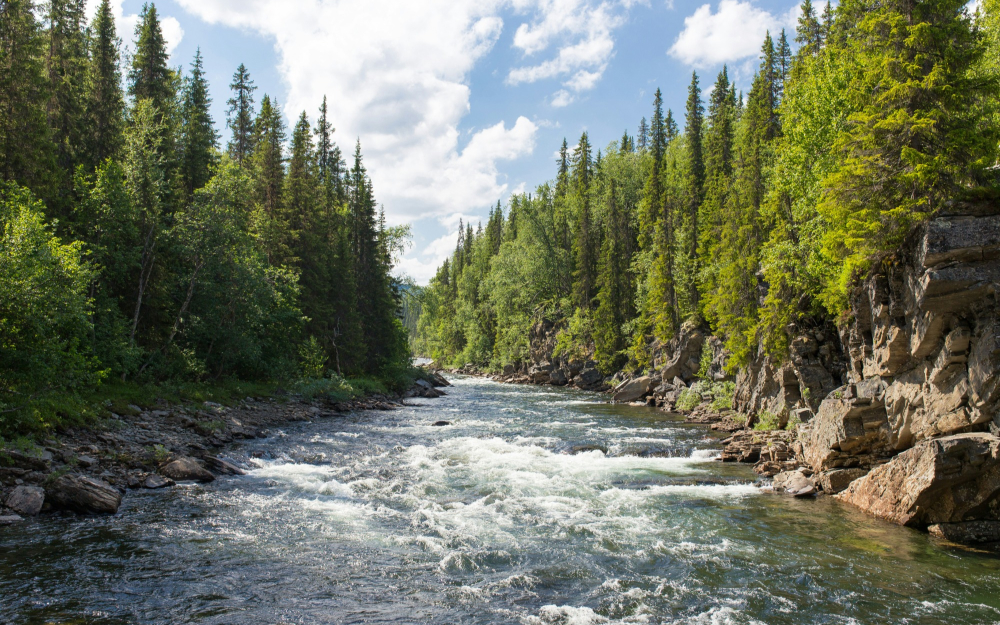Water Transactions
Groundwater Mitigation
In much of the Deschutes Basin, groundwater and surface water are closely connected. Pumping groundwater for new uses—like homes, businesses, or farms—can reduce flows in nearby rivers and streams over time.
To address this, Oregon requires that new groundwater uses in certain areas be “mitigated”—meaning the user must offset their impact by protecting an equal amount of water elsewhere in the system. That’s where DRC’s Groundwater Mitigation Program comes in.
How it Works
The Deschutes River Conservancy operates a groundwater mitigation bank that helps new groundwater users meet these requirements. Through partnerships with irrigation districts and landowners, the DRC leases or transfers surface water rights and protects them instream. These protected rights are then used to generate mitigation credits, which can be purchased by those seeking to use groundwater.
This market-based approach ensures that new water uses don’t come at the expense of river health.
Why It Matters
Mitigation keeps more water in rivers like the Deschutes, Whychus, and Tumalo Creek—especially during the warm, dry months when fish and wildlife need it most. It also helps communities grow responsibly, allowing new development while maintaining a strong commitment to streamflow restoration.


